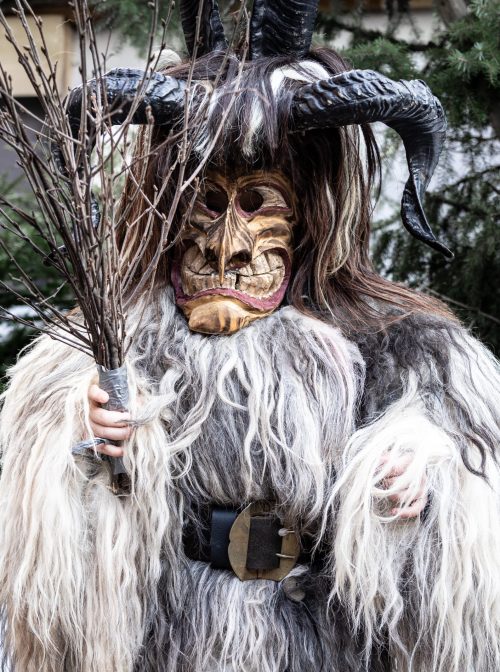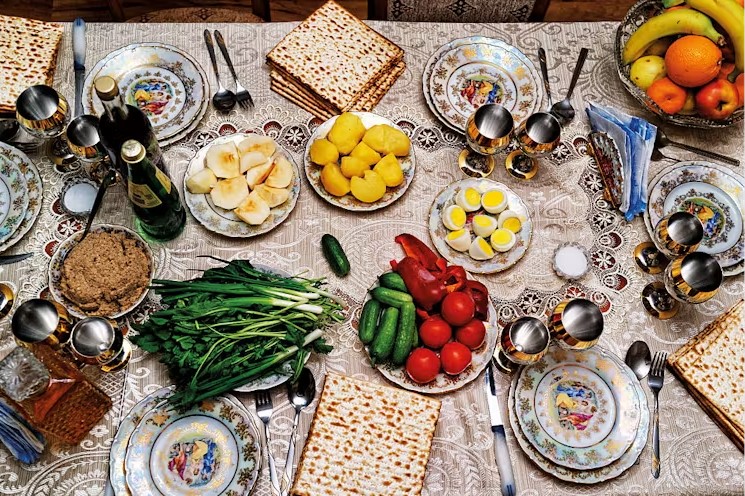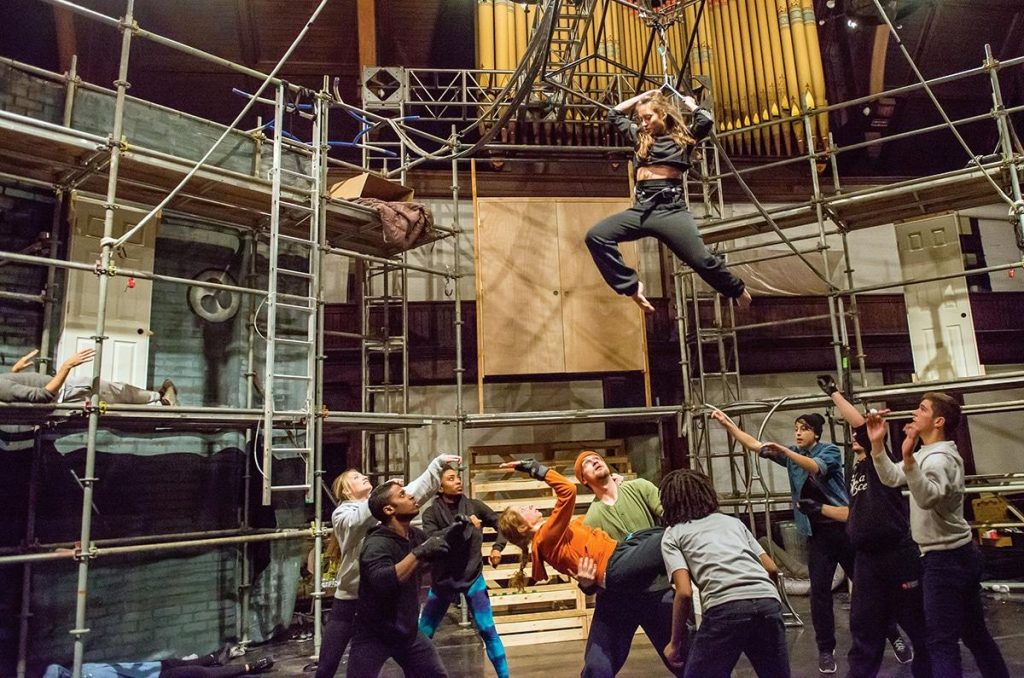In the United States, Santa Claus is an almost ubiquitous face of December, showing up in shop windows and on food packaging immediately after Halloween. But while Saint Nick might be the most famous mythological winter figure, he certainly isn’t the only one.
Many other wintertime creatures, from the friendly to the fiendish, blow in on December winds, representing rich and varied holiday traditions. Many of those folkloric beings are celebrated throughout the winter months today.
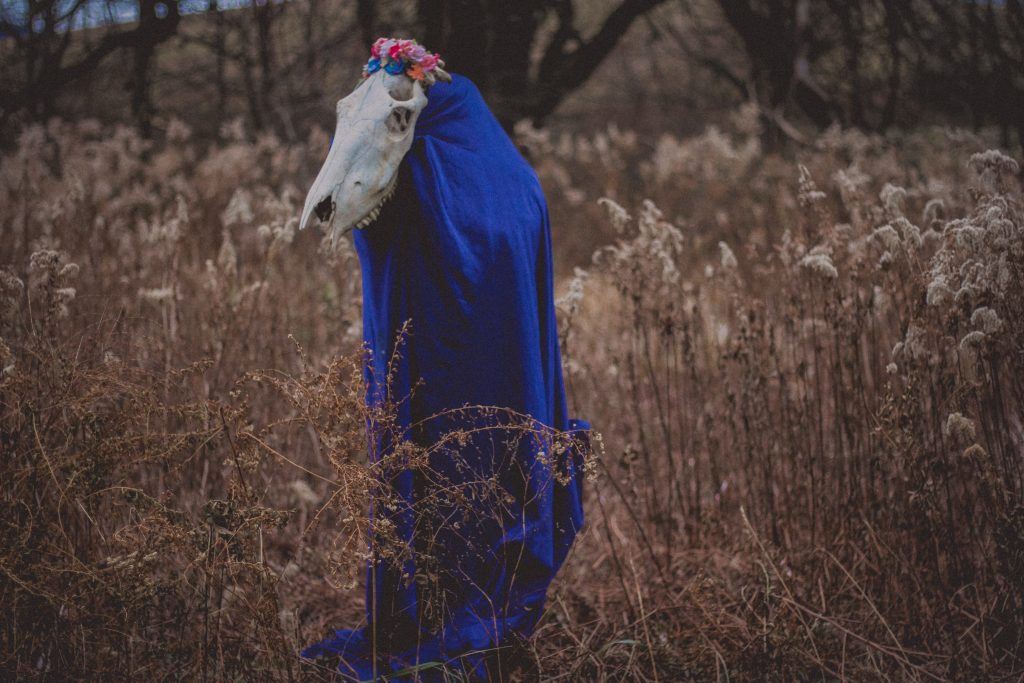
- Mari Lwyd
Mari Lwyd, a Welsh figure, has experienced a resurgence in recent years. Mari Lwyd rises from the grave each winter to walk the streets of Welsh towns. She is a skeletal mare draped in a white sheet, often crowned with winter greenery and ribbons. She and retinue travel from house to house, usually singing verses on New Year’s Eve.
The inhabitants of each house have to respond with their rhymes. The musical banter goes on until Mari Lwyd leaves or the house’s inhabitants relent, letting Mari and her followers inside, where they are given food and drink. This tradition likely comes from the practice of wassailing, but Mari Lwyd may have pre-Christian origins.
In Celtic Britain, people believed horses could cross between this world and the underworld. Regardless of her origins, it’s best to let Mari in; her presence blesses the house with good luck for the coming year.
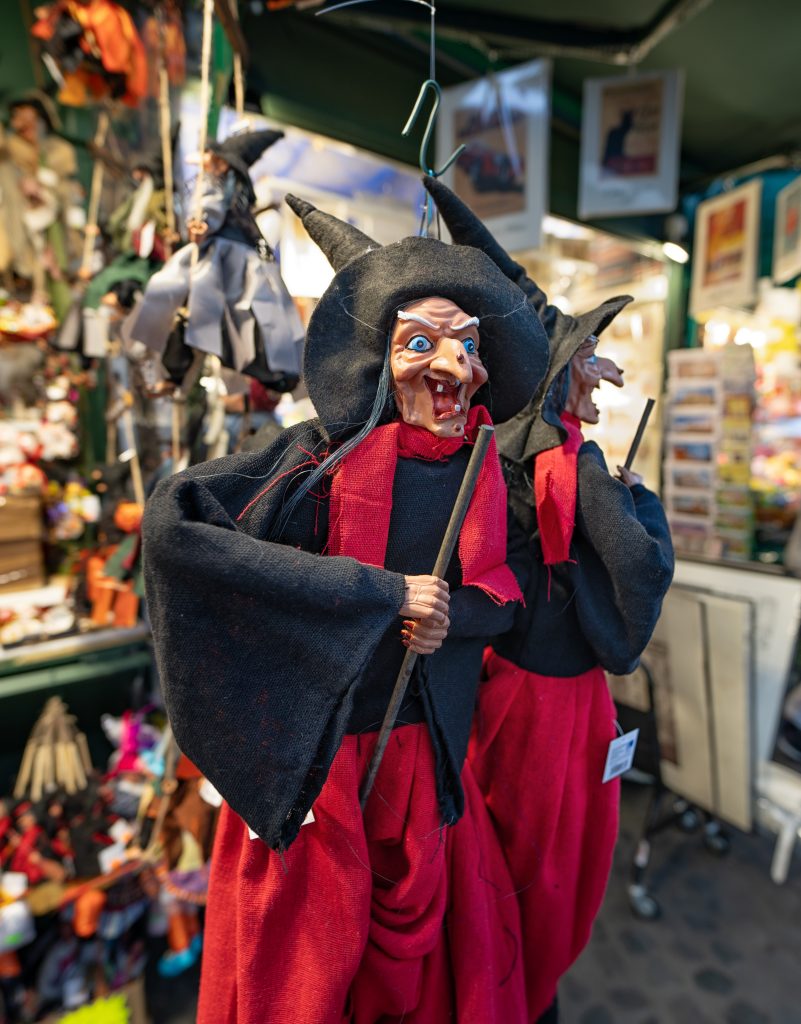
- La Befana
Also known as the Christmas Witch, La Befana is local to Italy. She has been around at least since the thirteenth century. The story goes that the three wise men came to La Befana’s house one winter evening seeking the Christ Child. While she could not give them directions, she let them stay that night and sent them on their way the following day. She realized she wanted to go with them only after they were out of sight.
Now, La Befana spends each January 5 flying through the air on her broom, searching every house for the Christ Child. She and several other wintertime witches (such as Frau Perchta and Mother Holle) are known to dole out punishments and rewards to children, leaving gifts behind them. In La Befana’s case, she also sweeps the homes she visits, cleaning out the old year to make way for the new.
- Jólakötturinn
You can’t talk about Jólakötturinn or the Yule Cat without talking about Grýla and the Yule Lads. The three are a package deal, with Grýla being an ogress of Icelandic legend who kidnaps and eats ill-behaved children.
In the seventeenth century, she became the mother of the mischievous Yule Lads, a group of thirteen trolls who leave gifts in the shoes of good children. The Yule Cat completes this odd domestic picture. This enormous, hungry cat doesn’t care whether you were good or bad in the past year. No, the only criterion to avoid the maw of the Yule Cat is that you receive new clothes for Christmas. This ties into the Icelandic tradition that children who finish their work on time receive new clothes, so the Yule Cat is an extra incentive not to leave chores dangling.
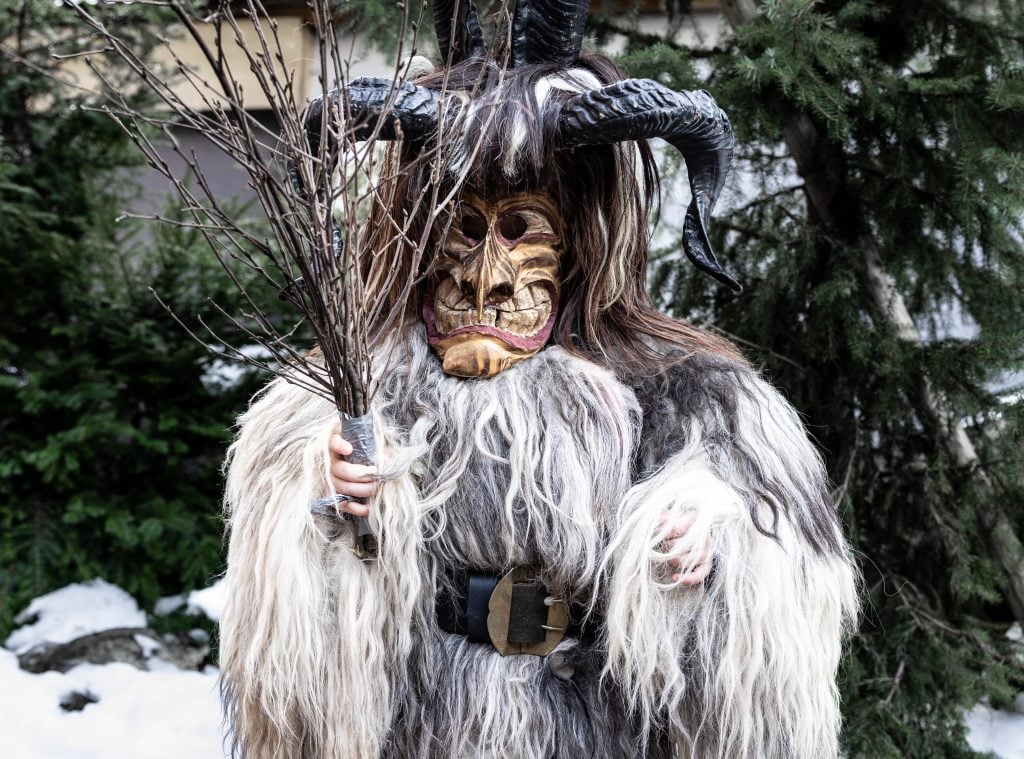
- Krampus
The most well-known holiday monster of recent years is Krampus. A Christmas demon from Germany, Krampus is often depicted as a goat-like figure with horns, a long-forked tongue, one cloven hoof, and one human foot.
On December 5, or Krampusnacht, Krampus visits each house, leaving bundles of sticks for bad children or beating them. Krampusnacht celebrations often mirror this behavior, with revelers dressed as Krampus parading through the streets bearing bundles of sticks and sometimes switching onlookers with them. While Krampus has been around for a long time, finding his origins in Norse mythology since the seventeenth century, he’s paired with St. Nicholas, a kind of dark reflection of the kindlier holiday figure.
Julia Pillard is a writer and pagan living in Colorado. She received her master’s in English literature from the University of Colorado at Boulder, where she studied the gothic literature of the eighteenth and nineteenth centuries. Julia also writes fiction as J.C. Pillard. Find her work at www.jcpillard.com
